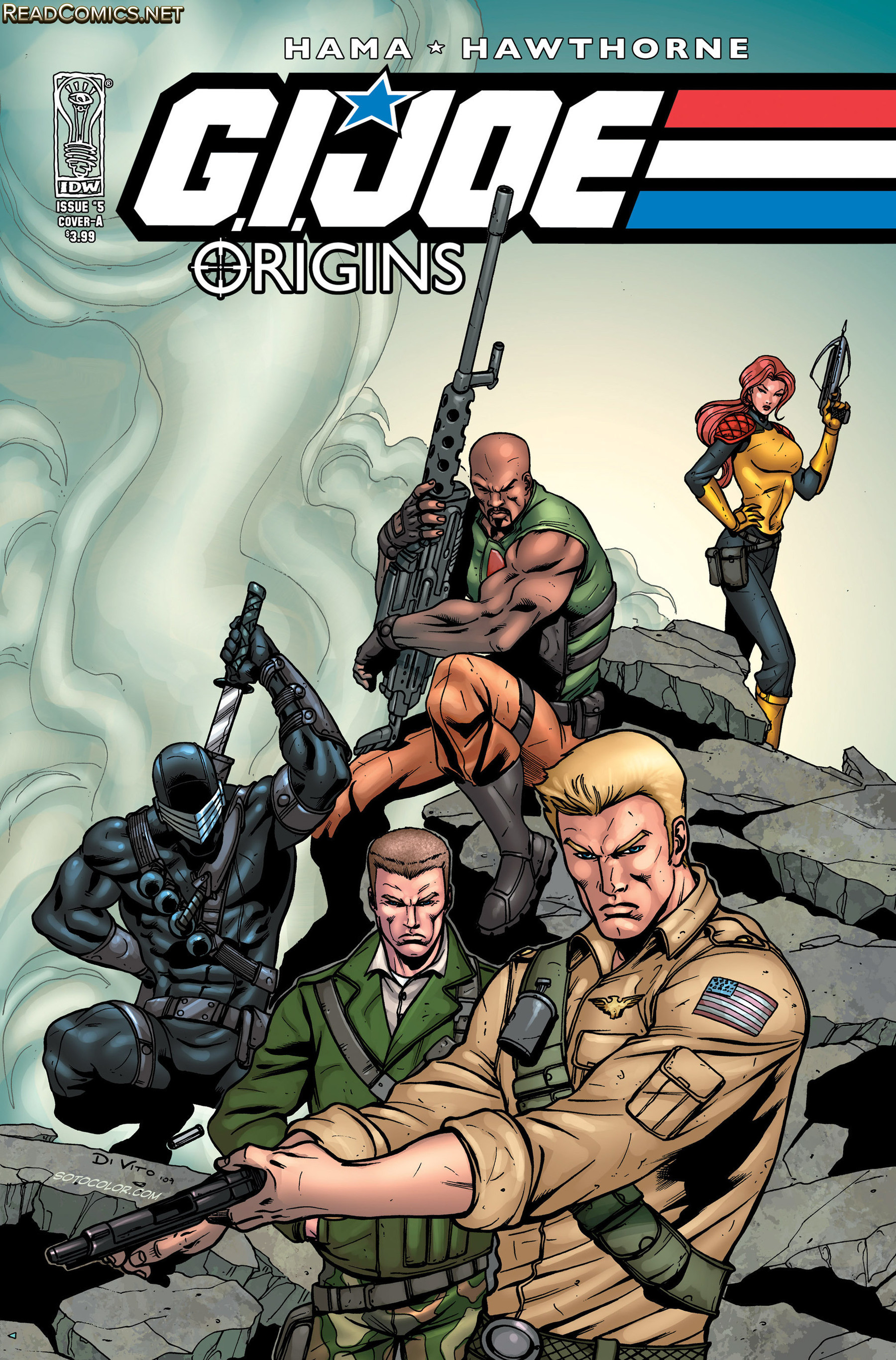

When the figure hit the market in 1964 it was a runaway success. From that point on, it was a matter of conveying this vision to my staff at Hasbro. Tin and plastic soldiers have been favorites of children as long as there have been toys it seemed to me that this fully articulated man could be a giant step forward. Suddenly it occurred to me that we could create something truly magnificent if there was a way to produce figures that moved and posed any which way the human body did.

While walking by an art store one day, Levine noticed a wooden artists mannequin in a window display and was struck with an epiphany:

Today, we might call it the “printer-print cartridge” model the idea being that the initial toy/razor/printer is just a means to get consumers to purchase additional accessories. Levine was fascinated with the “razor-razor blade” model that made Mattel’s Barbie such a success and was determined to create a similar toy for boys. The original, prototype figure was invented by Don Levine, Vice President and Director of Marketing and Development at Hasbro. From left to right: a wooden artist’s mannequin, the G.I.


 0 kommentar(er)
0 kommentar(er)
